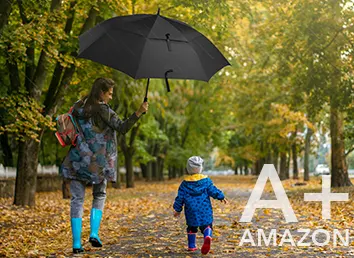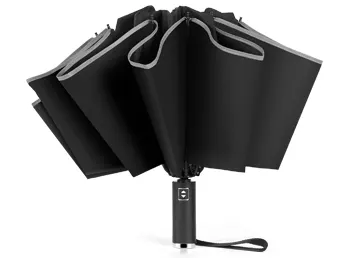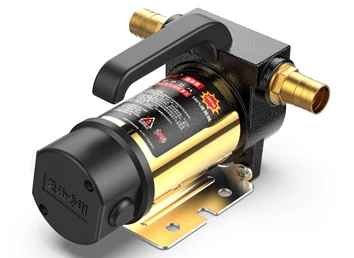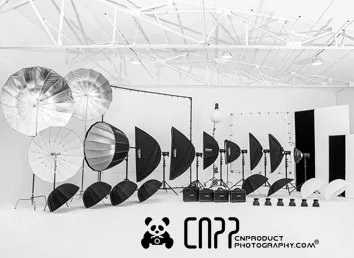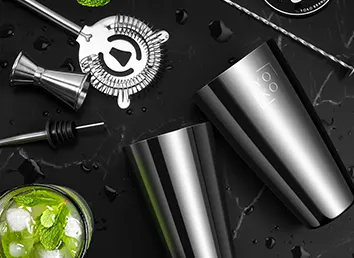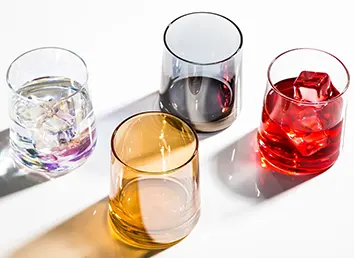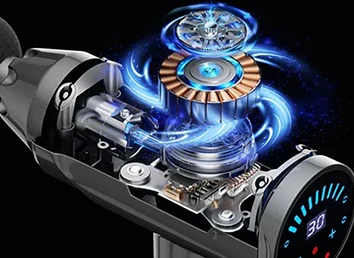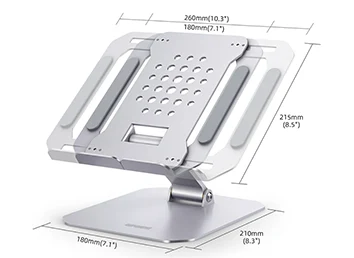How to photograph the texture and transparency of glassware
Author: Jeery Zhang
Date Created: 2023-09-14 15:14
Glassware is a common and widespread household and industrial item. Selling glass on the Amazon platform is also a very high product category. The most common subjects are not always the easiest to represent. This is the case with glassware photography, if the light is not used properly and the angle is not chosen well, it will be difficult to show its transparent or translucent characteristics and texture. So how to shoot the texture of glassware and translucent it? CNPP Photography Studio for the shooting of glassware from the following aspects of these areas to grasp.
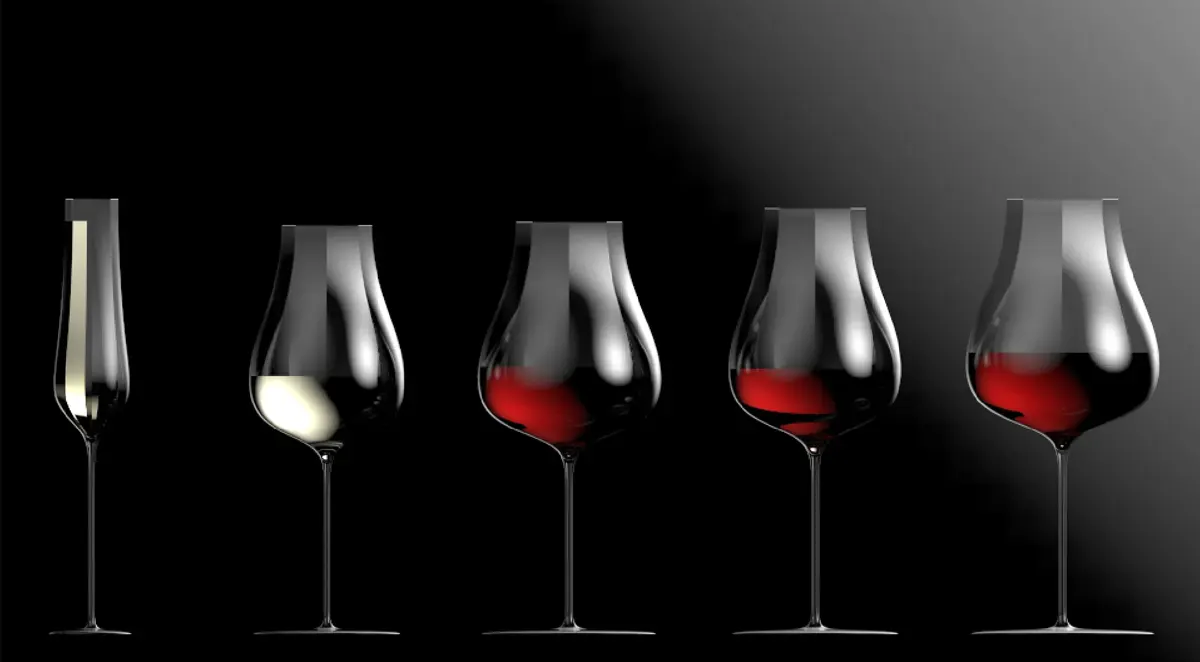
In the shooting of glassware will often encounter such a situation, some of the surface texture glossy glass, or fine porcelain, metal, and other products, in the beam of light, crystal shiny, colorful; in the sun, colorful, dazzling. However, once photographed in the photo, these distinctive features, will disappear, and become monotonous, and no details of the plane, no sense of art. The reason is very simple, is not the use of light, nor the glassware smooth as a mirror of the texture, texture, vividly demonstrated, ordinary glass or ordinary glass, did not turn into a very strong visual photographic work of art.
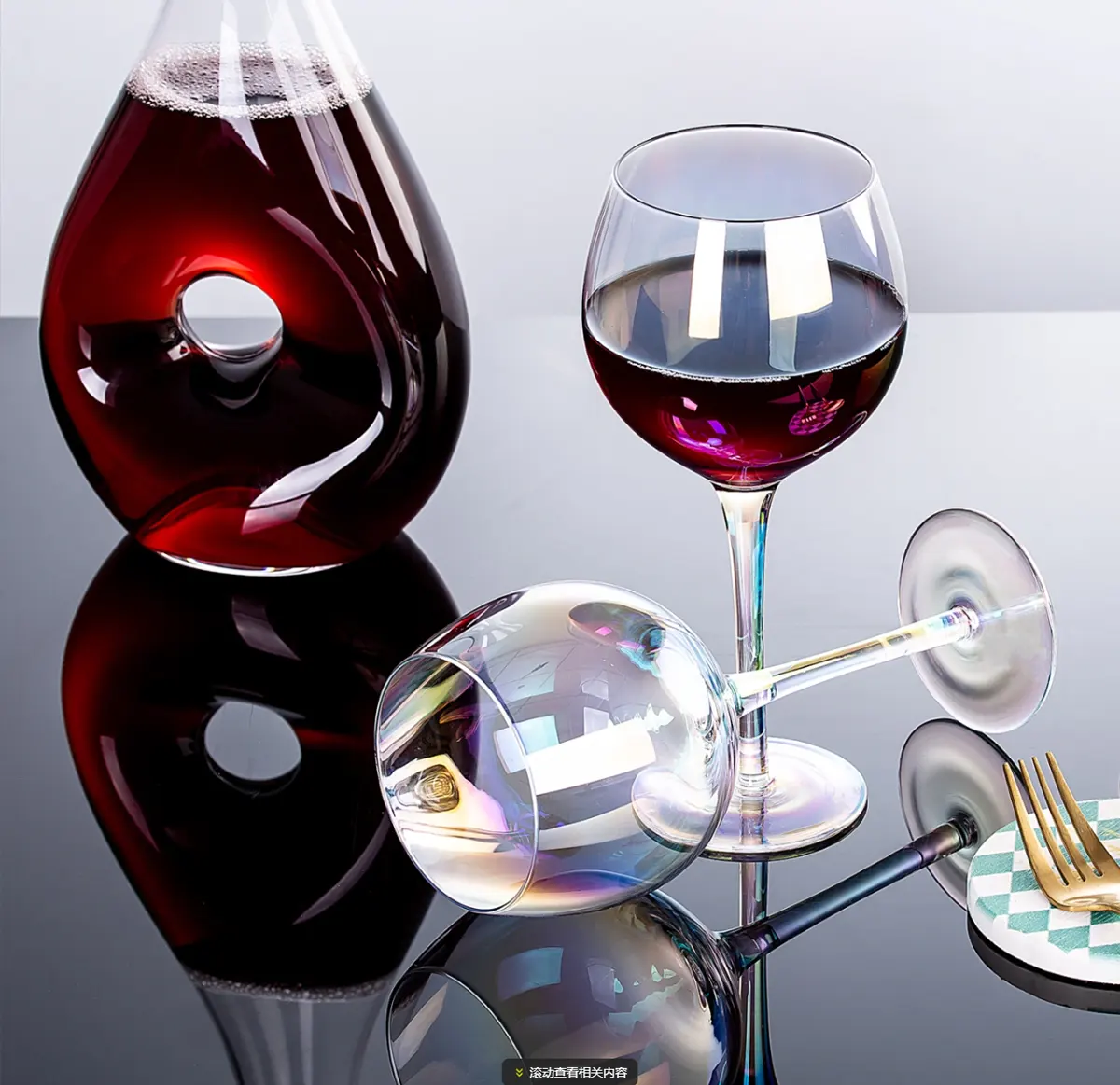
Glassware and fine porcelain products, the surface has a mirror-reflective texture, and there is a certain degree of difficulty when shooting. How can they be vividly reproduced in the photo, shooting a rich sense of three-dimensional and artistic image, showing their beauty? CNPP Photography Studio photographers believe that the most important thing is to work on the arrangement of the light, only to do this, in order to achieve the desired results.
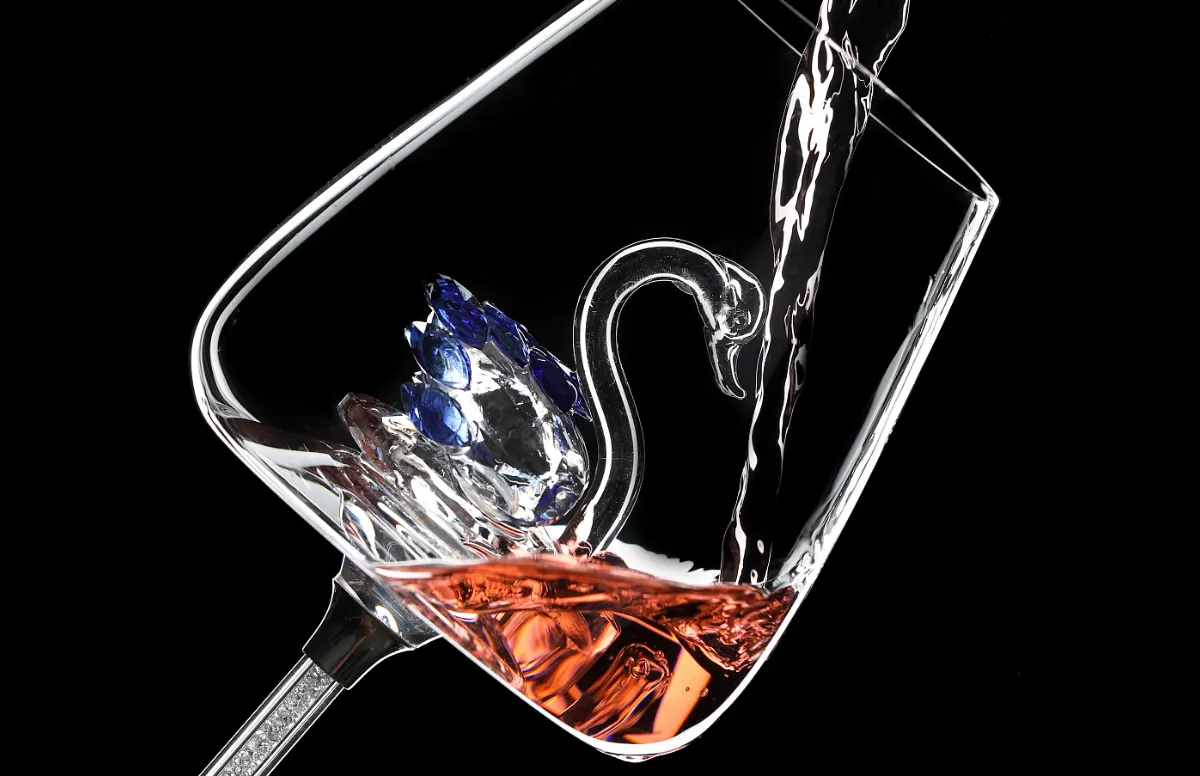
Shooting glassware light, no more than natural light and artificial light two kinds. The natural light is more dispersed, difficult to control, and not easy to achieve the desired effect. Rarely used. Used more and well mastered is artificial light (including electronic flash).
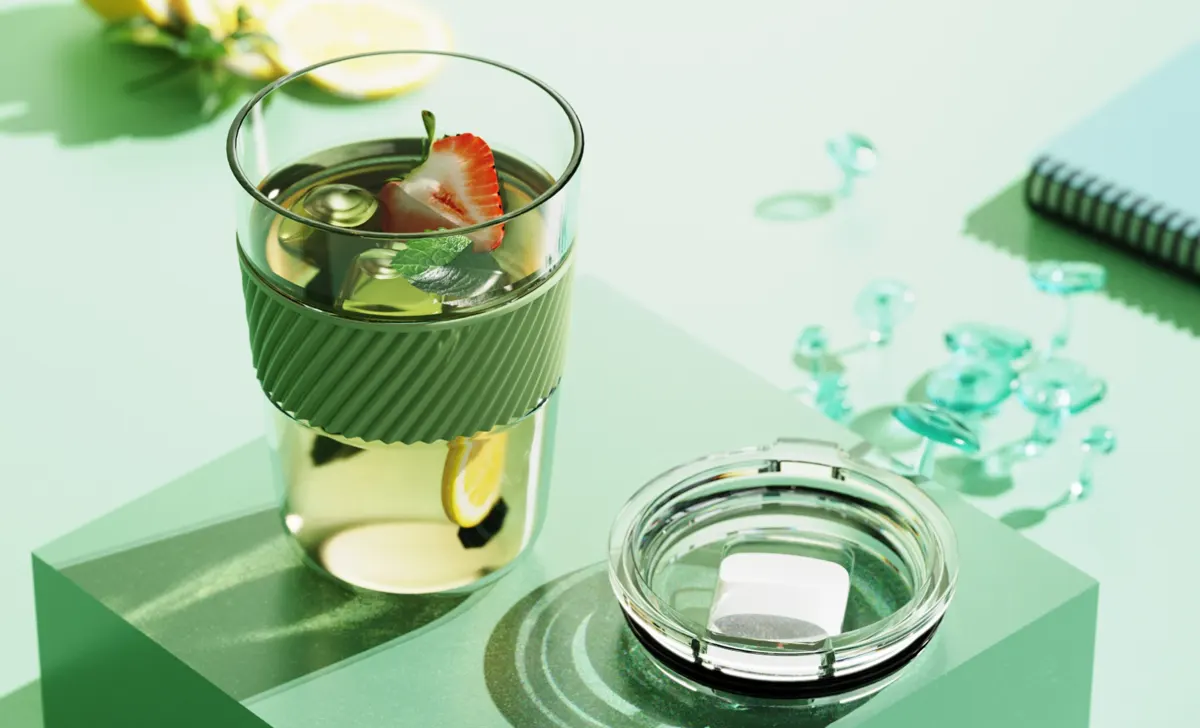
Shooting glassware and fine porcelain products, regardless of the type of light, avoid using very strong direct light. This type of light tends to create a very bright spot on the surface of the object. It is also difficult to minimize such spots even in post-production. The best way is to use weaker direct light and soft diffuse light, to reduce the brightness of the spot formed on the surface of the object, thus, effectively reducing the contrast between the two.
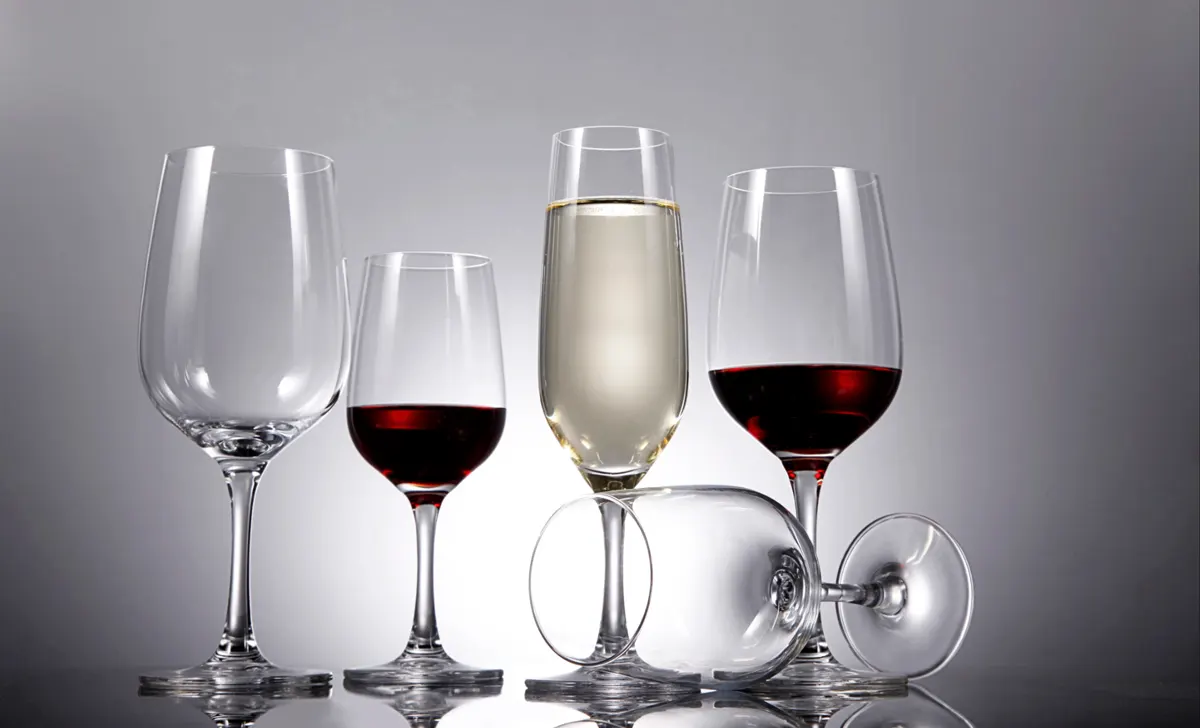
In fact, the reflection of the surface of the glassware, and its spot, should be taken into account when shooting light. If the diffuse light can not make the smooth surface of the glassware like a mirror, to achieve the desired brightness, we should take other ways. For example, the light is enhanced and diminished according to the pattern formed by the size of the spot on the vessel. We know that the spot is brightest when it is at the angle of specular reflection; the angle of illumination of the light can change the brightness of the spot. In this way, we can use gauze netting, gauze cloths, white handkerchiefs, and other masking lighting tools to diminish the light when taking pictures and to avoid the formation of overly bright light spots. Diffuse light can increase the illumination of the whole surface and reduce the contrast between the tone of the surface and the light spots. But it does not require the complete elimination of light spots, it would be "adding to the snake", because the surface of the glassware is characterized by light spots, Light spots can be precisely for the glassware to increase the aesthetic appeal.
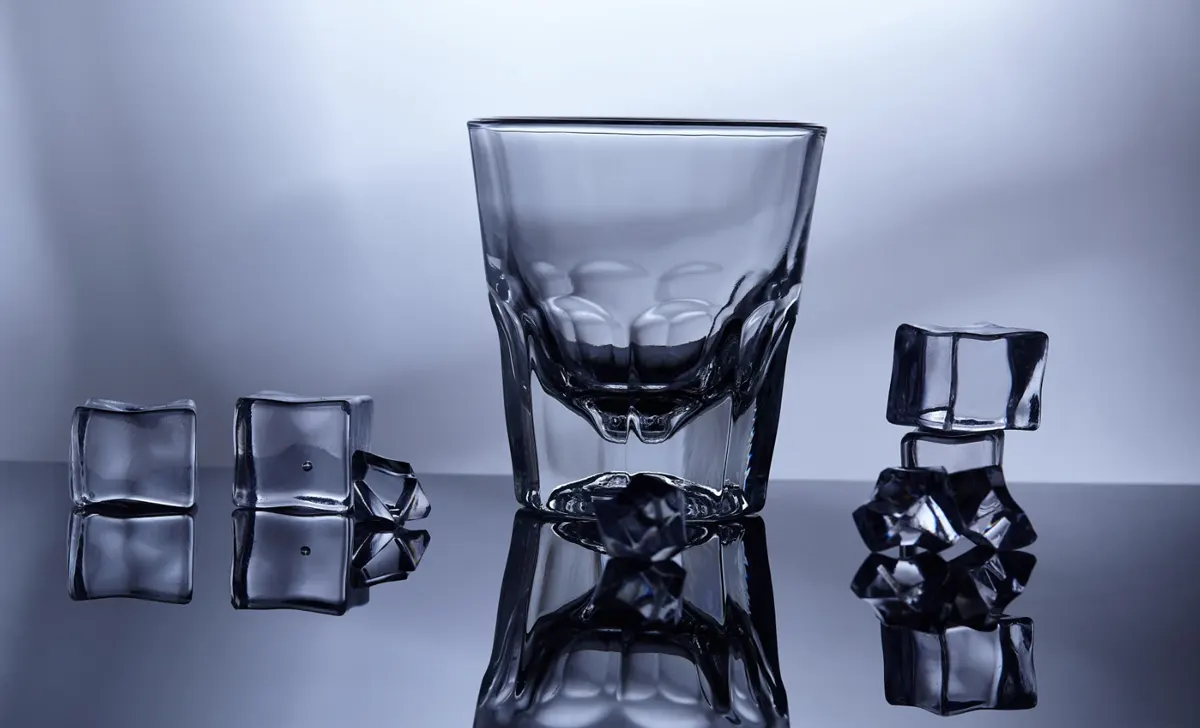
CNPP photography studio shoots glass products, the most used is backlighting. The surface texture of glassware is expressed by backlighting. The light spots emphasize the texture of the glass and its three-dimensionality very well. Bright spots of light outline the contours of the glass items, so that it is contrasted with the dark background, which is also commonly used in still life photography, and often receives good results.
Photographing glassware in addition to the general method, it is best to use two larger smooth and unscarred glass plates, divided into two layers placed on a special wooden frame or square stool, leaving a certain height interval in the middle. Before shooting the window will be blocked tightly, close the other light sources, and then light. The glass products to be photographed, are placed on top of a piece of glass, with a lamp (or a flash) direct glassware background (can be a white wall, can also be white paper), the other lamp from the camera's bit of the subject to be photographed, but can not be too bright. This method of photographs taken can better express the texture and characteristics of the glassware. You can also take a flash to illuminate the glassware with white or light-colored background method shooting, The background of the reflected light will be the shape of the glassware outlined in black, and the rest of the glass will still maintain the original sense of transparency, the whole picture is shown as a light-colored tones, such as sketches in general, the bright glass objects and the black background reflects the interest of the very beautiful.
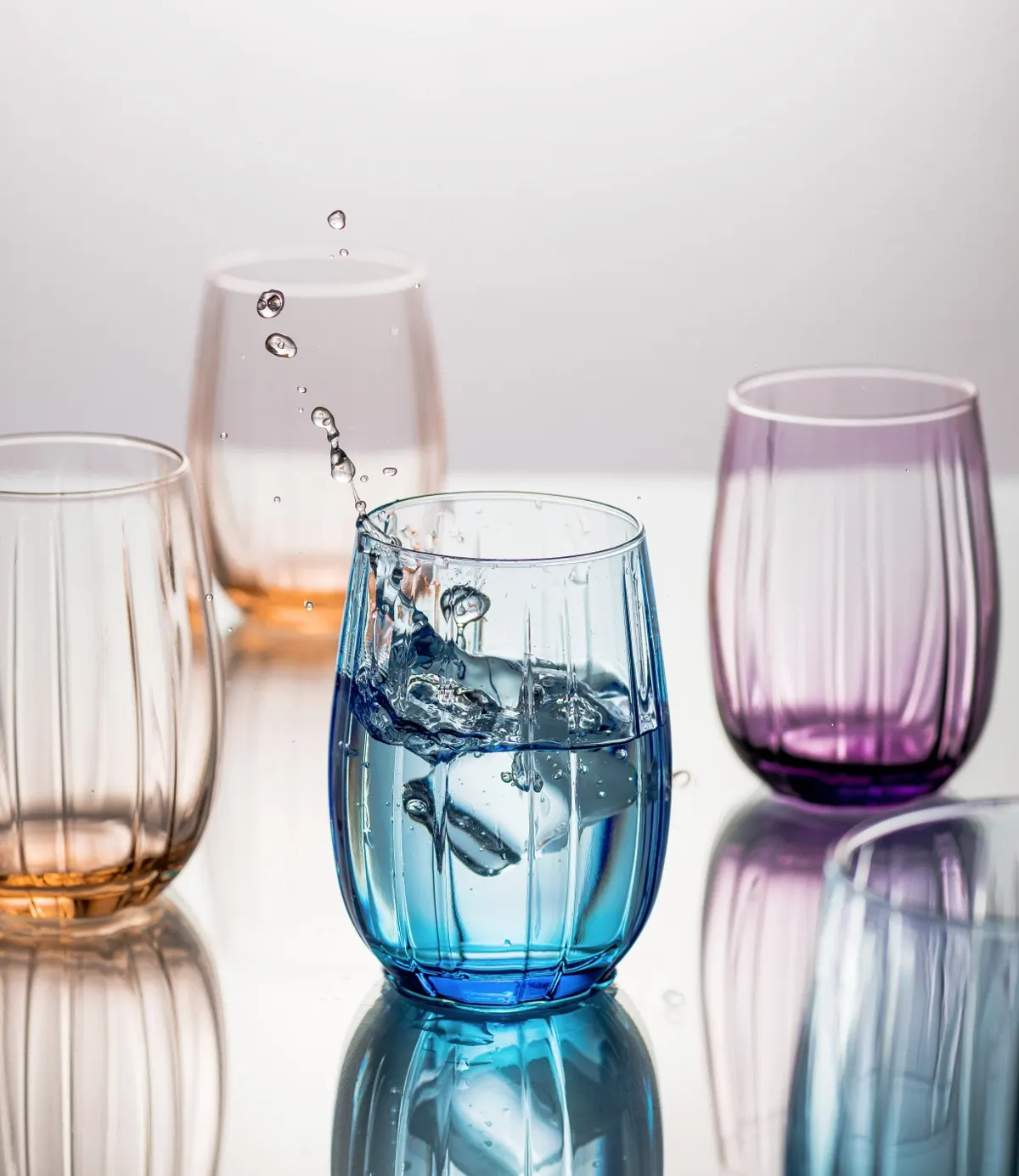
This method of shooting using the background reflected light illumination, the determination of the exposure value, generally the brightness of the side amount of the background, with ordinary lights can be measured using a light meter to measure the accurate readings, electronic flash is not easy to grasp, can be calculated in accordance with the following formula: aperture value = flash index/background light to the background of the distance, and then open the aperture of one level, you can get an accurate exposure. For example, the flash index of 16, light to the background of the a distance of 2 meters, which is auspicious to get the aperture bit for f/8, open a large aperture, that is, f/5.6. If the shooting distance is close, feel the depth of field is not enough, you can aperture is unchanged, repeat an exposure. The exposure is still the same.
CNPP Photography Studio's other method of shooting is the flash does not directly illuminate the subject, put the glassware on the glass plate, the background is dark, and the lamp is placed underneath. Lighting from the bottom and after the softening of the light from the subject, the whole picture shows a black tone, only the outline of the glassware and the light part of the white, dark background prominently set off the main body, even if there is a liquid in the glassware, but also can be better expressed. It is just a little more complicated to shoot than with reflected light illumination. Two pieces of glass above a translucent frosted glass is good, such as with ordinary transparent glass, which should be laid on top of two layers of white gauze or drawn with tracing paper. So that the light can be softened. When shooting the flash will be placed at the bottom of the lower glass. Exposure can be calculated according to the following formula: aperture value = flash index / the distance from the lamp to the glass, and then open a level and a half aperture. If the spirit is not enough to need to reduce the aperture, then repeat exposure can be taken to increase the exposure.
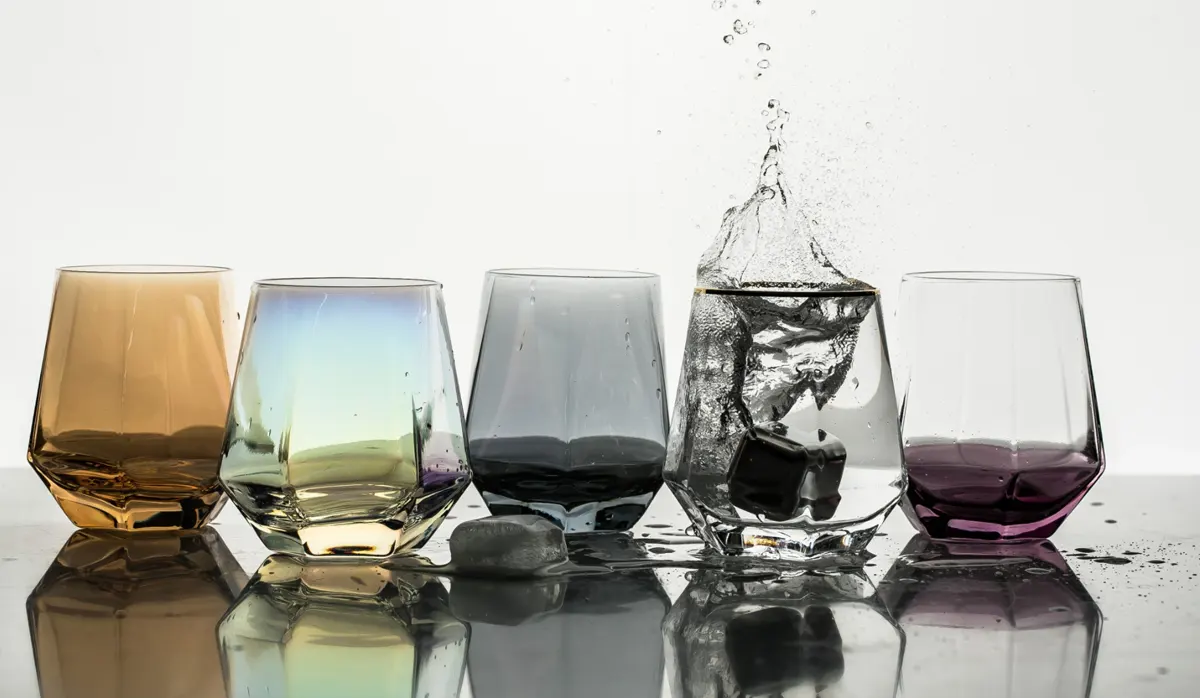
Glassware shooting methods are many, shooting should be for different glassware that has different characteristics. Implementation of different shooting, and lighting methods. If you shoot color film, you can cover a layer of colored cellophane in front of the lamp or flash special color filters, in order to obtain the effect of color.
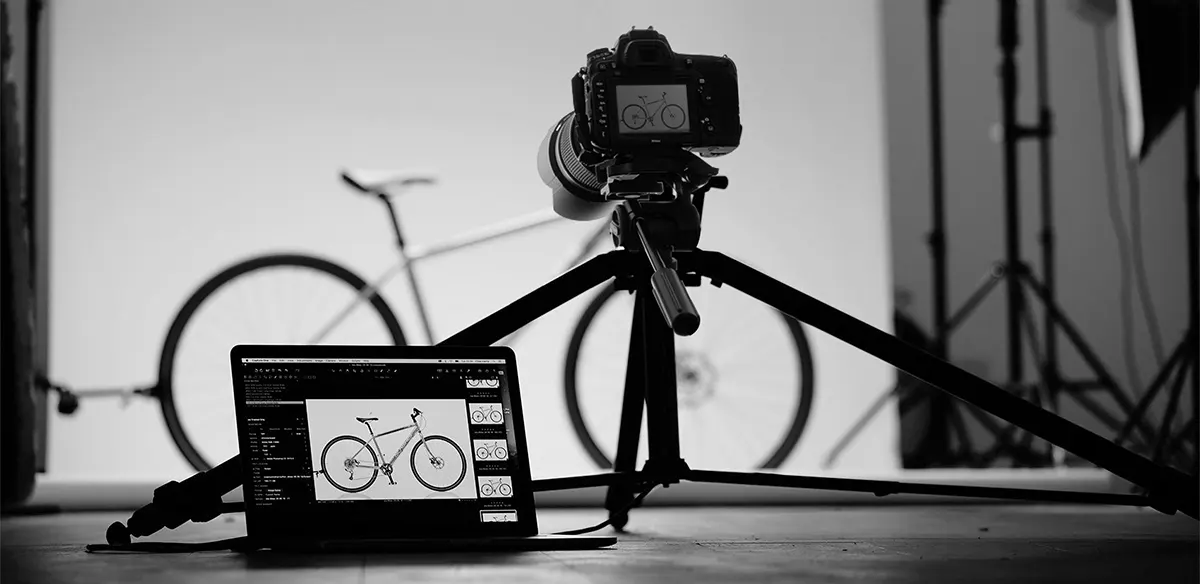
CNPP Photography Studio in China has provided excellent and professional glassware photography services for many customers and Amazon sellers and helped customers and Amazon sellers improve the sales of glassware through high-quality glassware photos.


